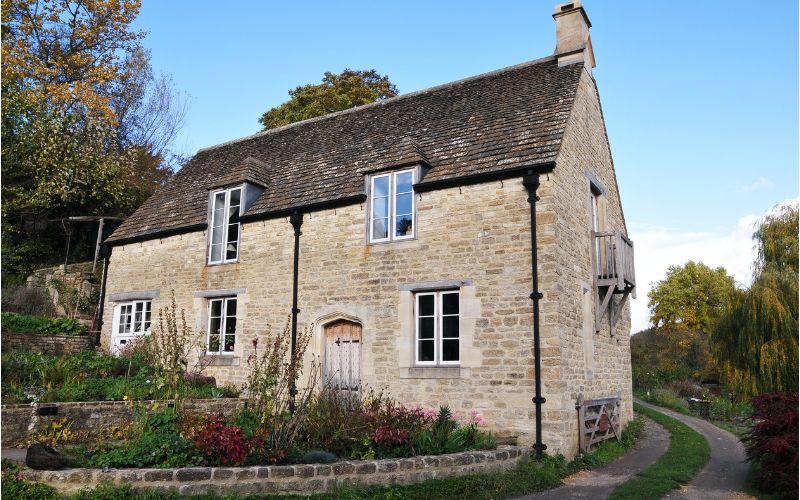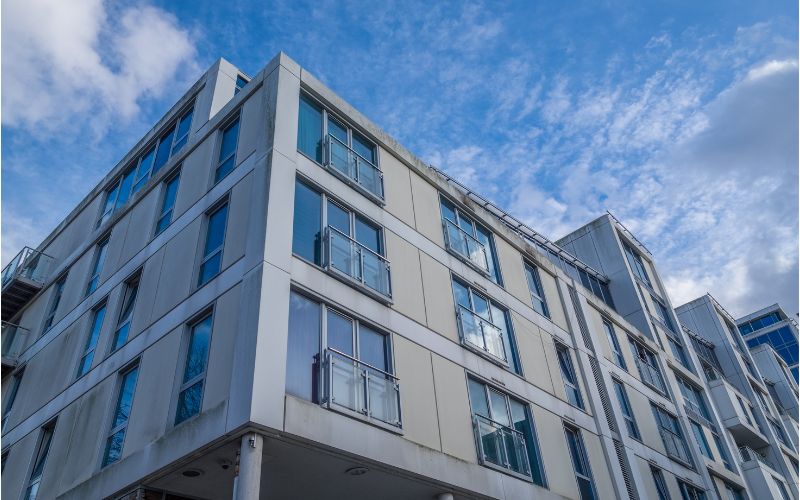If you’re planning new development works, refurbishing or extending your commercial property, undertaking a house extension, proposing a loft conversion or renovation works, you should be aware of the Party Wall etc. Act 1996 and how it could affect your plans and building works.
We’ve asked our Director, David Sillence, some important questions that will help you understand how it can apply to certain developments. With 30 years of industry-related experience, David specialises in Party Wall matters and takes a pragmatic approach to all matters with the sole aim to benefit his clients.
Here is our brief overview on this topic:-
What is the Party Wall Act etc. 1996?
The Party Wall Act etc. 1996 is a longstanding piece of legislation intended to guide, prevent and resolve disputes in relation to Party Walls. Its principal aim is to ensure that building works cause no untoward damage to adjoining or adjacent properties/structures whilst causing the least disturbance and inconvenience to the occupants.
The term Party Wall refers to a dividing wall between the boundary of land that belongs to two or more owners. For example, a shared wall between a terraced or semi-detached property.
Only applicable in England and Wales, the Party Wall Act requires those carrying out work to their property (Building Owner) to serve notice on their neighbour (Adjoining Owner), outlining their intentions. This ensures work cannot be unlawfully carried out without the Adjoining Owner/s being aware. It also gives the Adjoining Owner/s the choice to consent or dissent to the notice if they have a dispute over such work being carried out.
When does it apply?
Any owner or occupier that is proposing works to/in the vicinity of a Party Wall, on a boundary line or in close proximity to adjacent buildings/structures will invariably be required to comply with the requirements of the Act.
It is important to be aware that a Party Wall covers any form part of a building that stands on the land of two or more owners, as well as walls that’s don’t form part of a building such as garden/boundary walls. Floors and ceilings between flats, offices etc, are also deemed as Party Wall structures.
Examples of the type of work that will trigger the Party Wall Act applying includes, building a new wall on a boundary, cutting into a Party Wall, building above a storey which lies on the boundary and excavation work for new foundations.
What are the different types of Party Notices?
There are three different types of notice that may need to be served upon an Adjoining Owner. These notices are:-
Party Structure Notice
In general, this type of notice is for invasive works that affect the Party Wall directly such as demolishing and rebuilding a Party Wall, removing interconnecting internal walls, the installation and bearing upon of structural beams and padstones, removing of chimney breasts, cutting in roof flashings, etc.
This notice should be served a minimum two months before the intended start of the works.
Notice of Adjacent Excavation
This notice relates to excavations within 3 metres and 6 metres of adjoining/adjacent buildings invariably to form foundations, basements or mains services runs which will be formed at a depth lower than the foundation of the neighbouring building and which could be potentially undermined.
This notice should be served a minimum one month before the intended start of the works.
Line of Junction Notice
This type of notice covers the construction of a new wall either adjacent or astride a boundary line with an adjoining/adjacent property.
This notice period for this is one month before the proposed commencement of works.
What is the process and timescales involved?
Building owners are able to serve their own notice which can be found on gov.uk, but to ensure it is legally valid to avoid delays, it is advisable to speak to an experienced Party Wall Surveyor who will ensure the process is completed smoothly.
Once the notices have been served upon the relevant neighbours, they have 14 days to respond. They have the option to consent or dissent and in the event of the former, works could effectively begin straight away. Where a party dissents, they can decide to appoint their own surveyor or alternatively appoint the Building Owners surveyor as agreed surveyor.
If another surveyor is appointed, this triggers a dispute process which requires the surveyors to produce an Award which is a legally binding document outlining the terms and conditions in which works related to Party Wall matters are required to be carried out. No Party Wall works should progress until such an Award is achieved.
It should be highlighted that where an Adjoining Owner does not reply to a notice within 14 days that the Act allows them a further 10 days to respond. If no such response if received, the Building Owners surveyor is then able to appoint a surveyor to represent this party and to enable an Award to be agreed.
The ‘reasonable’ fees incurred by the surveyors are the sole liability of the Building Owner with the Adjoining Owner not responsible for any costs incurred as a result of the Party Wall process.
In the unfortunate circumstances that untoward damage should occur to an Adjoining Owners property as a result of the works, the Building Owner is responsible to repair at their own cost or alternatively recompense the affected party for their loss.
What is the role of the Party Wall Surveyor?
Party Wall surveyors are there to support both owners and mitigate risks resulting from works along or adjacent site boundaries. They are there to ensure projects progress smoothly without undue delay, whilst endeavouring to protect the adjoining/adjacent properties that may be affected by the works whilst also looking to minimise inconvenience and disturbance to the occupants. In the event of damage or disputes arising, they are obligated to resolve in the interest of all parties affected.
Here at Sillence Hurn, we provide expert advice on party wall matters and act on behalf of both Building Owners and Adjoining Owners. We look to fully uphold the Act and place particular emphasis on good communication and building relationships between parties to ensure their best interests are met.
We always welcome any enquiry in respect of this matter and if you would like more information about the Party Wall Act and how we can assist you, please don’t hesitate to get in touch.




